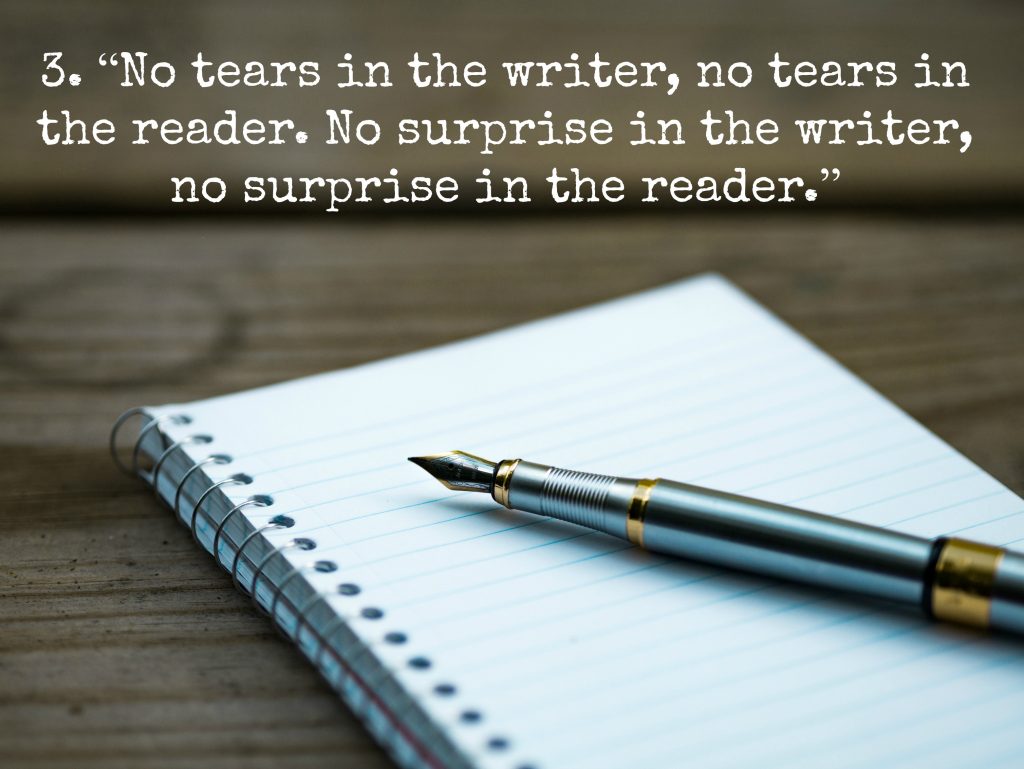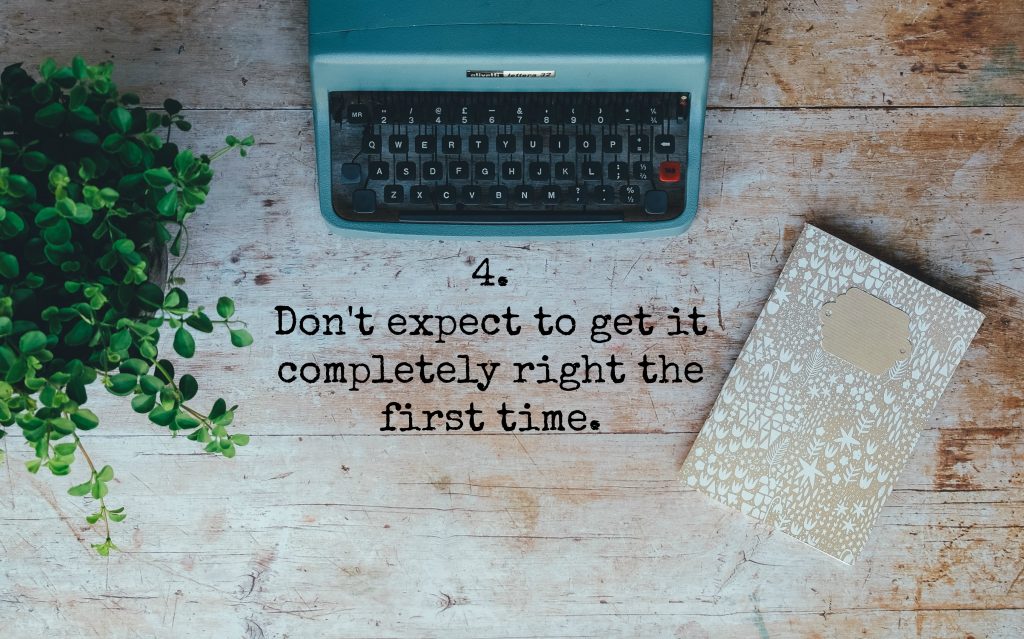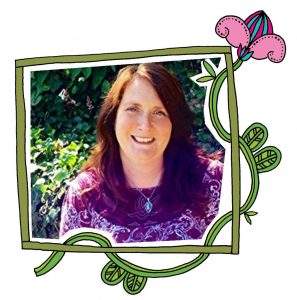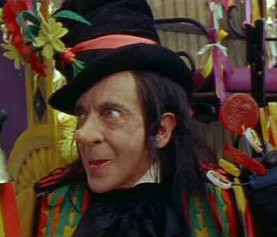Recently I’ve been called to write again.
Not just blogs and articles for magazines, or little Instagram essays in 50 words or less … BUT actual book-style, novel-type writing.
And as the mad-old-mirror-world often does, because I’ve now stepped into writing again, interesting writerly types keep showing up in my life.
Friends are also emailing and messaging to ask me advice on writing and publishing.
So, to keep on trend with the current life-thread, I thought I’d share with you a fabulous article, submitted to the Online Gorgeousness Programme by bestselling Amazon author, Sue Shepherd.
She wrote this article to inspire our teen Gorgeousness Girls to write, but it’s not age specific.
Read it – and I dare you NOT to pick up your pen.

My first piece of advice is a little controversial,
because I know certain authors (and some teachers) would disagree.
But, what the heck, I stand by it!

As I say, there must be some authors who map out each chapter and have a full list of character analysis in place, before they even begin writing the first word of their story. This is fine, if that’s how they choose to work. But for me – I prefer the unknown.
I’ve had two novels published and I’m currently on the re-writes of book three* (more about re-writes later), and I can honestly say, I started writing all my books without any planning. I simply began to type and waited to see what would happen. Once the characters came to life for me, I allowed them to lead the story. There were times when I was unsure what was going to happen next, but I trusted myself, and, sure enough, the ideas kept coming.
A little side tip here – if you get to a point where you’re really stuck, put the book down and just spend a while thinking about your characters and their predicaments, (in my case I always walk the dog). Then, when you come back to your writing, you’ll find the next part of your story will, hopefully, have come to you.
So, where was I? Ahh yes, don’t feel you have to plan too far ahead. You could spend forever preparing and getting bogged down with information, so much so that you may never get to the exciting part. Of course, once you’re on to the re-write stage (still more about that later) you’ll need to make notes on things, such as continuity, time-lines, characters’ habits and speech patterns, and chapter breakdowns. In short, you’ll want to make sure your story makes sense and that there aren’t any holes in it. But you need not worry too much about that until there is an actual story to analyse.
You wouldn’t start reading a book if you knew exactly how it was all going to end, would you? (Unless it was an old favourite, of course). Equally, I wouldn’t begin writing a book if I knew how it was going to end.
Where’s the fun in that?

Not literally. But with a question hanging in the air.
Although it’s tempting to sort everything out and have a nice conclusion before you move on to the next chapter, it doesn’t make for a ‘I just can’t put it down!’ kind of book.
Even if your reader plans to stop when they get to the end of the chapter, what you want is for them to get to your cliffhanger, and find they can’t help but read on. The cliffhanger can be as simple as a doorbell ringing and a shocked expression on your main character’s face as they unlock the door. Or the opening of a letter that your character has finally plucked up the courage to read. Whatever your choice (and you’re welcome to think of far more exciting ones than my examples!) it should cause your reader to simply have to keep going to find out what happens next.

In other words, if you don’t share the characters’ emotions as you’re writing your novel, your readers will fail to invest their emotions when reading it. The same goes for surprises. If you genuinely didn’t expect a turn of events, then your readers won’t expect it either. You might wonder how your own story can surprise you. Well, sometimes your characters will take the story in a direction you hadn’t intended. My advice is to go with the flow and let them lead you.
I know I’m talking about my characters as if they’re real, but, as you’ve probably guessed, they are almost real to me. I spend every day writing about them and know them as well as I know my real-life friends. Not all authors say their characters talk to them in their heads, but many do, and I’m one of them! Sometimes I’m unsure how a character feels about a situation I’ve placed them in, then during one of my dog walks, the character will whisper in my ear – ‘Sue, this is what I think …’

So, what do I mean by re-writes?
Every writer, even hugely successful authors such as J K Rowling and David Walliams, do re-writes. When I complete the first draft of a novel it’s an amazing feeling. Finally, I know the whole story! But this euphoria doesn’t last long. Because, the next stage is to send it to my publisher, who’s also my editor. He will come back to me with all the things he thinks I need to change. He might want to hear more from one of my characters. He might think I’ve gone on a bit too much in one scene or not used enough dialogue to convey a situation in another. He may even feel I’ve rushed one chapter and told the reader what happened rather than shown them. (Telling provides the reader with the information they need, whereas showing makes the reader feel they’re living the story. It’s the difference between, ‘Jenny was worried because John was angry.’ and ‘Jenny’s heart beat faster, she felt increasingly uneasy as she watched John’s face turn red and his breathing become heavy.’)
Even if you don’t have a secondary person to look at your finished work, you’ll still need to do re-writes. Wait a while after you’ve finished the first draft, then go back to the start and read it all again. You’ll soon see the parts that can be improved upon. It may surprise you to hear that before my books are ready to be published, I will have read them through from start to finish (over 100,000 words), no fewer than six times, changing things as I go along.

Finally, my last piece of advice!
Write for your own pleasure. Of course, it’s nice if other people want to read your work, and great if they like it. It’s even nicer if someone agrees to publish you. But, whatever your choice of storytelling, be it poems, graphic novels, short stories or full length novels, first and foremost, do it for the love of it. Anything after that is icing on the cake.

Sue Shepherd is the author of ‘Doesn’t Everyone Have A Secret?’ and ‘Love Them and Leave Them.’ Born just outside London, England, Sue went on to spend several years living in Hertfordshire, before selling up and taking a leap of faith across The Solent.
She now resides on the picturesque Isle of Wight with her husband, two sons and a standard poodle. Her passions in life are: her family, writing, the sea-side and all the beautiful purple things her sons have bought her over the years. Happiest when hunched over her laptop with a cup of tea on the go, Sue loves to create stories with plenty of heart and laughs, but, she makes sure to include a bit of naughtiness too.
*Since she wrote this article, Sue has now had her third book published – “Can’t Get You Out Of My Head.” Available here!




